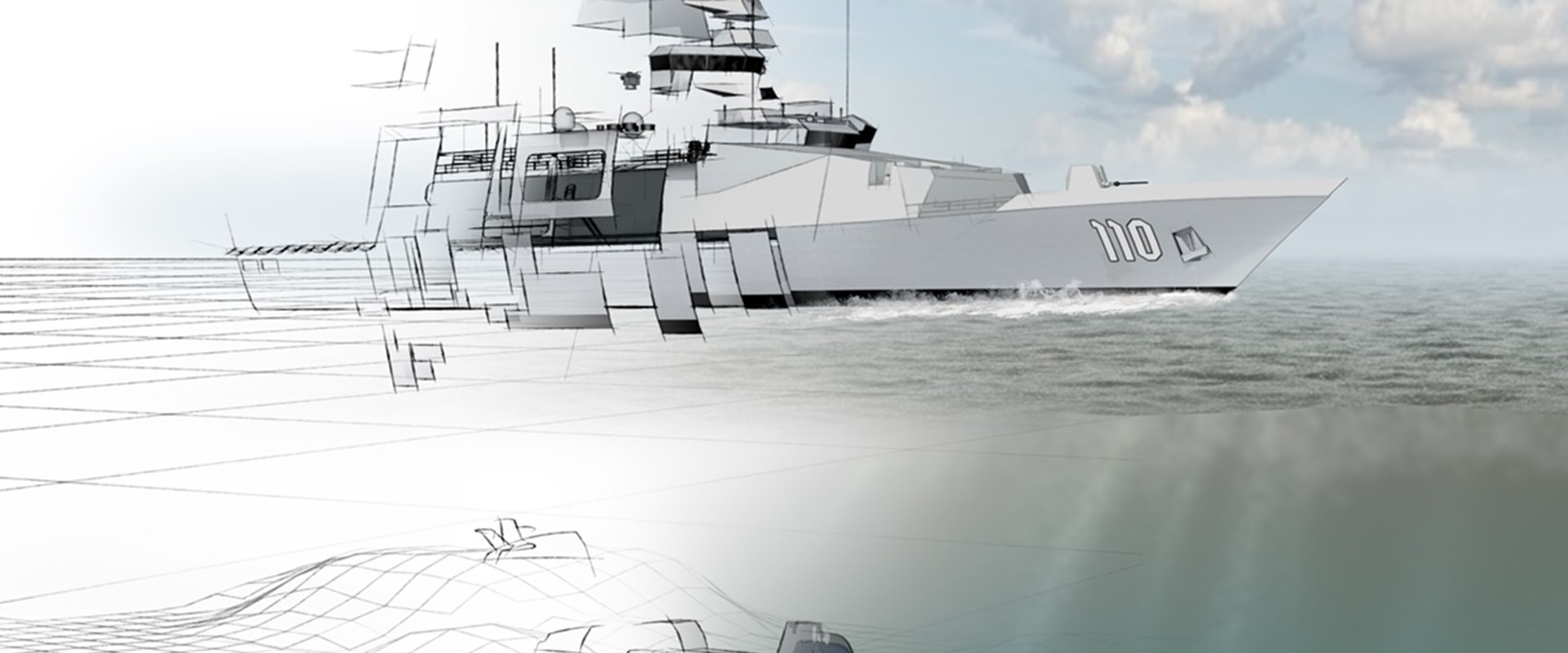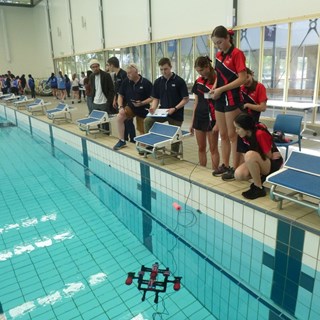In an era of unprecedented geopolitical shifts, the Australian Defence Force (ADF), and Defence Forces globally, face a pivotal moment in history, tasked with navigating the complexities of modern warfare and strategic deterrence. Central to this endeavour for the ADF is the enhancement of Australia's maritime capability, an area where BMT's own Andrew (Andy) Harris, Technical Lead and Principal Naval Architect, plays a crucial role.
Reinforcing Maritime Capability: A Strategic Imperative
The Defence Strategic Review underscored the importance of a formidable maritime capability in safeguarding national interests and maintaining regional stability. The evolving geopolitical landscape, marked by increased competition and the emergence of sophisticated threats, necessitates a robust and agile naval force capable of ensuring Australia's security and sovereignty.
Andy, with his extensive expertise in naval architecture, including working on the Queen Elizabeth Aircraft Carrier, stands at the forefront of this strategic imperative, “my work focuses on designing and enhancing naval vessels that embody resilience, adaptability, and cutting-edge technology.”
The Government has released the Surface Fleet Review and has committed $54 billion over the next decade to future naval defence, emphasising the importance of the maritime domain to Australia’s defence capability. Naval architects will play key roles in acquiring ship designs for Australia, overseeing their build, and sustaining them through life.
The Role of Naval Architecture in ADF's Future
Naval architecture is more critical now than ever. The design, construction and maintenance of naval vessels encompass a myriad of considerations – from stealth capabilities and survivability to operational range and sustainability. Each aspect of enhancement must align with the strategic objectives of the customer, ensuring that options are carefully tailored to specific requirements.
Andy says, “It’s not just the technicalities of ship design but also an understanding of the strategic context in which these vessels operate. By integrating innovative design principles with the latest advancements in maritime technology, we can contribute to a navy that is ready to face future challenges, be it high-intensity conflict or humanitarian assistance and disaster relief missions.”
Addressing the Challenges of Modern Warfare
The future of the Australian Defence Force hinges on its ability to adapt and respond to the changing nature of warfare. Maritime capability plays a critical role for the Royal Australian Navy.
The challenges are manifold – cyber threats, unmanned systems, and the rapid pace of technological change. Yet, through innovative naval architecture and a forward-looking approach to shipbuilding, Australia can ensure its naval forces are equipped to navigate these challenges successfully.
In this era of strategic competition, the work of naval architects like Andy, are a testament to Australia's commitment to maintaining a potent and agile maritime force.





